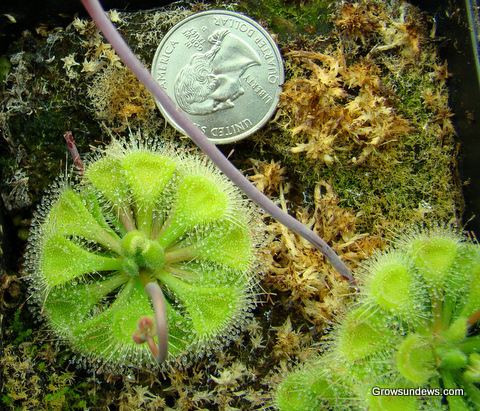Subgenus Thelocalyx Rank Species | Scientific name Drosera burmannii Higher classification Sundews | |
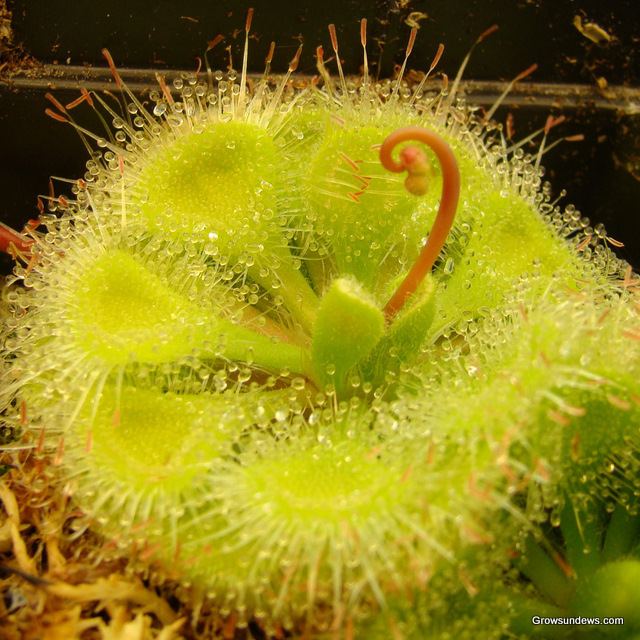 | ||
Similar Sundews, Drosera spatulata, Drosera capensis, Drosera indica, Drosera binata | ||
Sundew carnivorous plant time lapse drosera burmannii
Drosera burmannii, the tropical sundew, is a small, compact species in the carnivorous plant genus Drosera. Its natural geographical range includes Australia, India, China, Japan, and southeast Asia. It normally spans only 2 cm (0.8 in) in diameter. It is one of the fastest trapping sundews as well, and its leaves can curl around an insect in only a few seconds, compared to the minutes or hours it takes other sundews to surround their prey. In nature, D. burmannii is an annual, but in cultivation, when grown indoors during the cold months, it can live for many years. Since D. burmannii is an annual, it produces large amounts of seed. Drosera burrmannii has been considered a powerful rubefacient in Hindu medicine.
Contents
- Sundew carnivorous plant time lapse drosera burmannii
- Planting drosera burmannii humpty doo seeds
- References
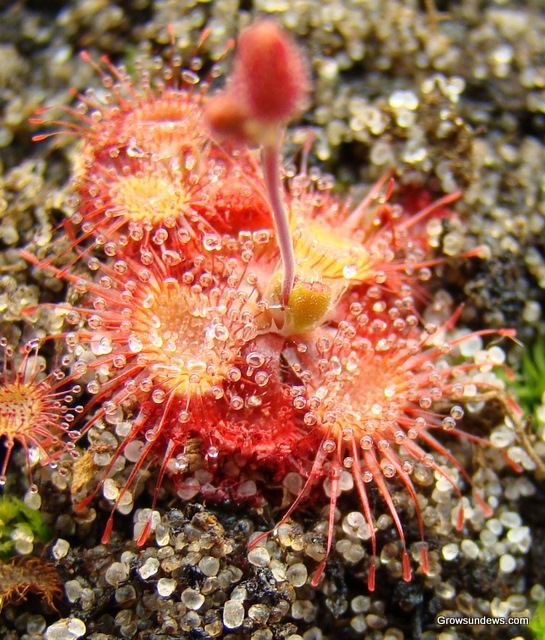
Drosera burmannii is an herb that produces very short stems and leaves in a rosette. Each wedge-shaped leaf is typically 8–10 mm long and 5–6 mm wide. White flowers are produced in groups of 3 to 10 on 6–15 cm (2–6 in) tall racemose inflorescences, of which there can be one to three per plant.
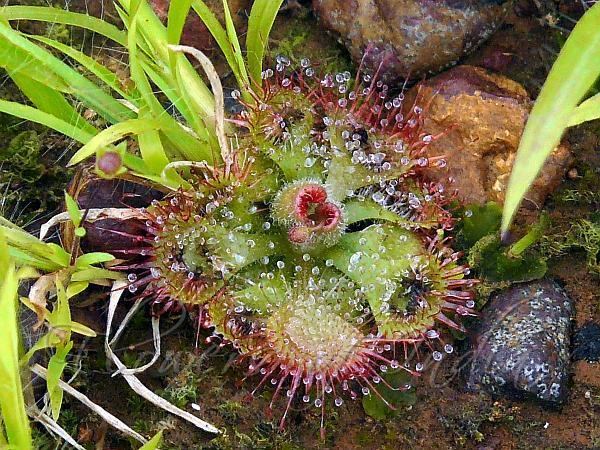
The first brief description of the species was written by Paul Hermann and published after Hermann's death by William Sherard in Musaeum Zeylanicum. It was described in more detail by Johannes Burman in his 1737 publication on the flora of Ceylon. Burman used the polynomial Ros solis foliis circa radicem in orbem dispositis, but the species was not formally published until 1794 when Martin Vahl named it in honor of Burman as Drosera burmanni (the species epithet is usually orthographically corrected to burmannii). In 1871 Heinrich Gustav Reichenbach described a new species, D. dietrichiana, named after its discoverer Amalie Dietrich. In his 1906 monograph of the Droseraceae, Ludwig Diels reduced this species to a variety of D. burmannii. This variety was described as being a larger and more robust plant than D. burmannii var. burmannii. Both D. dietrichiana and the variety are now considered synonyms of D. burmannii.
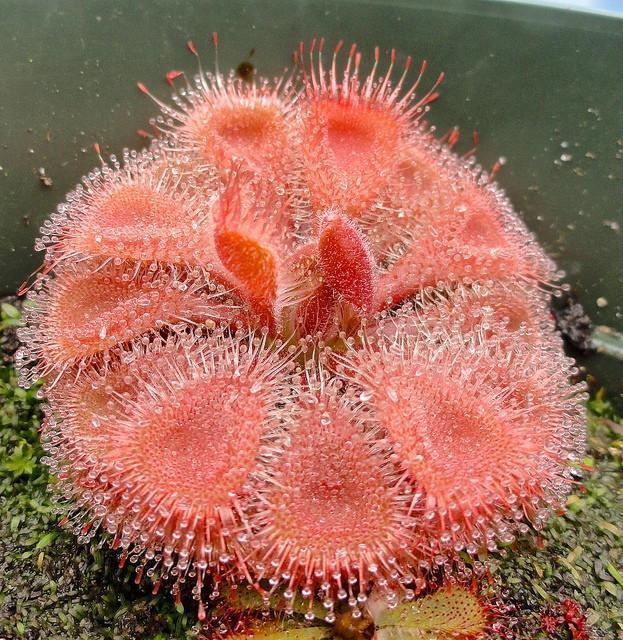
Planting drosera burmannii humpty doo seeds
